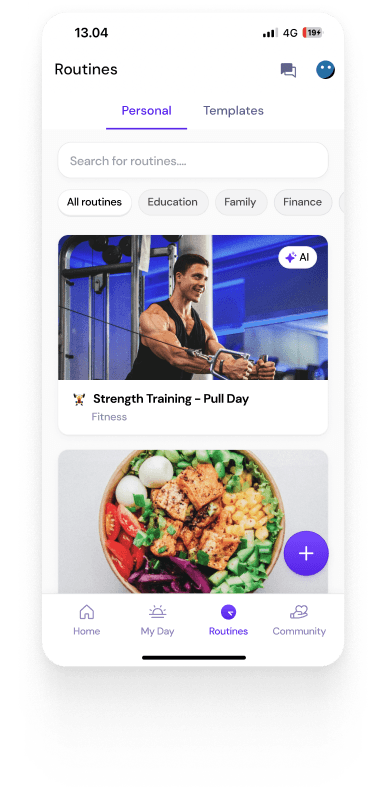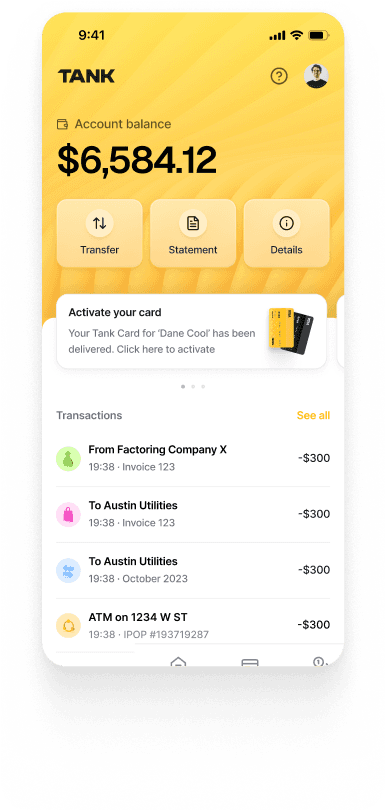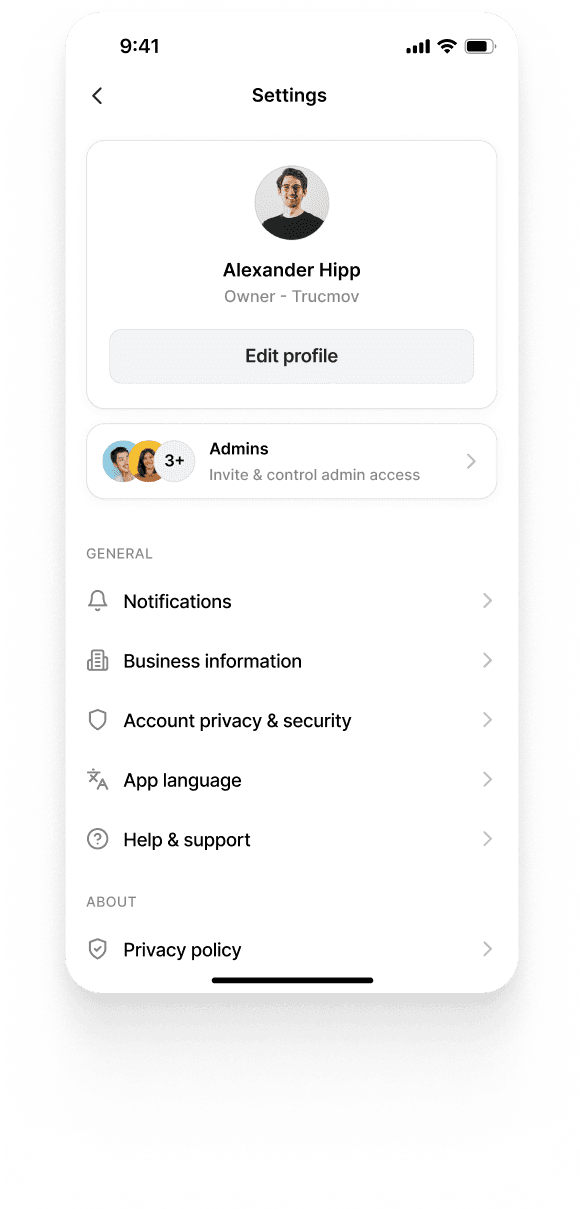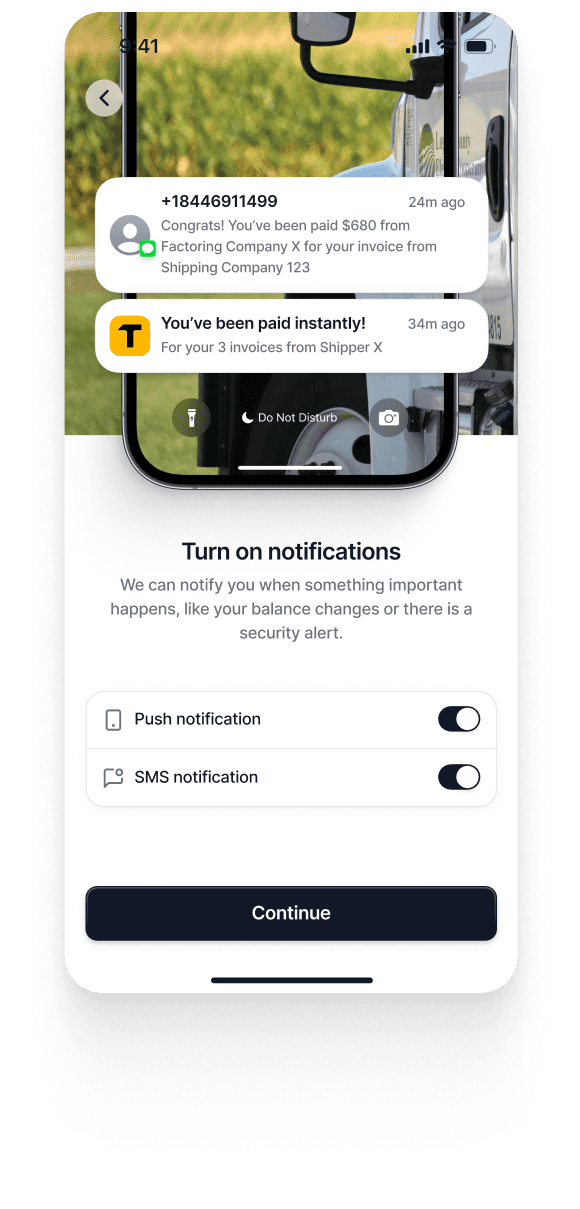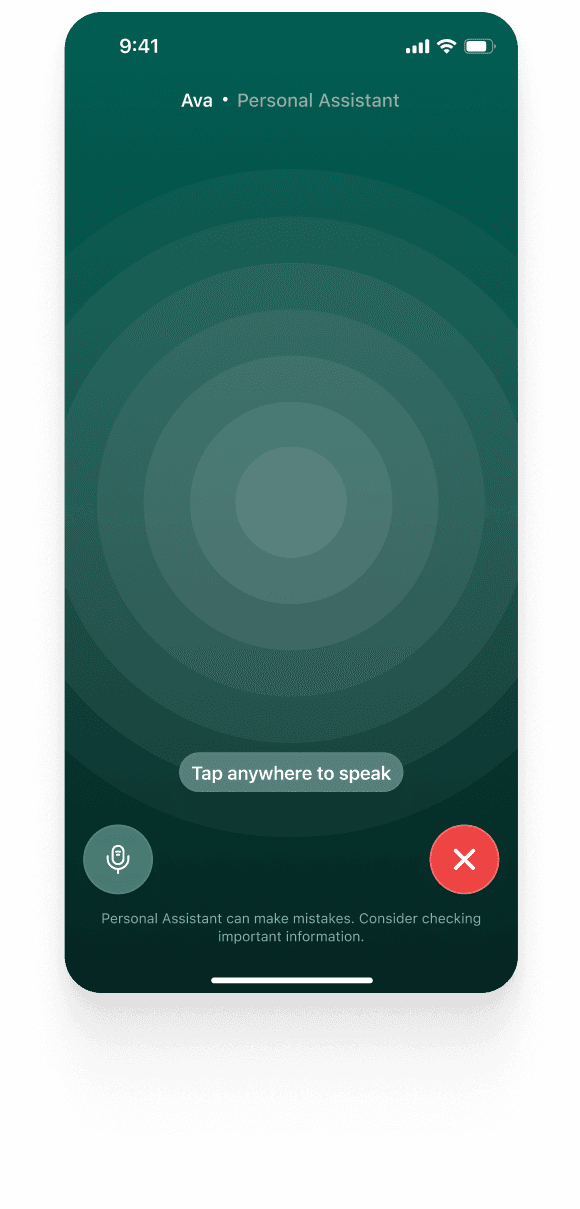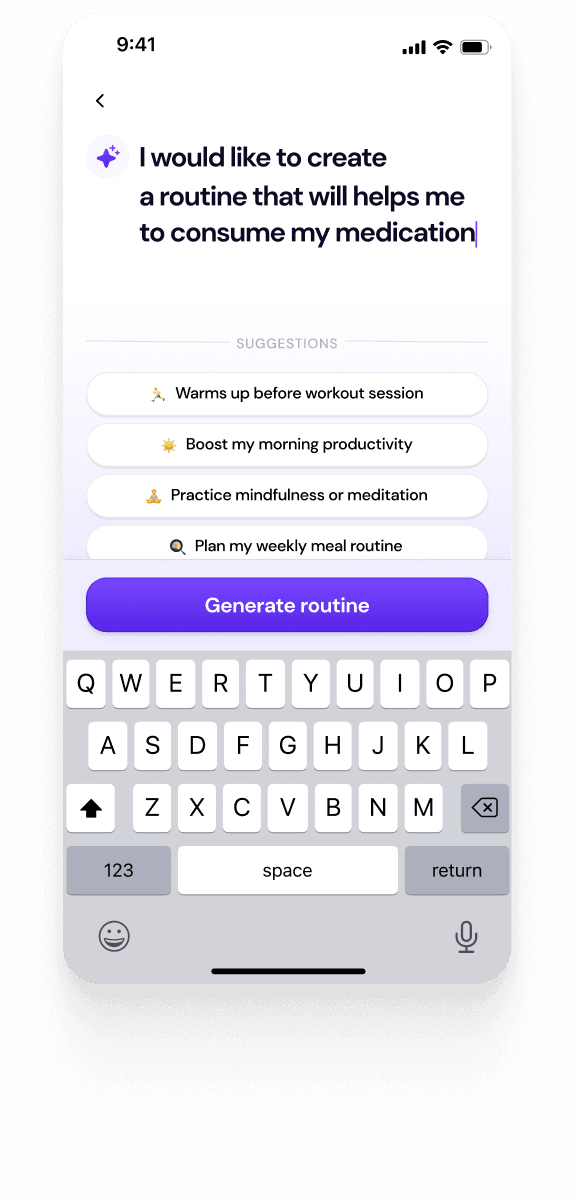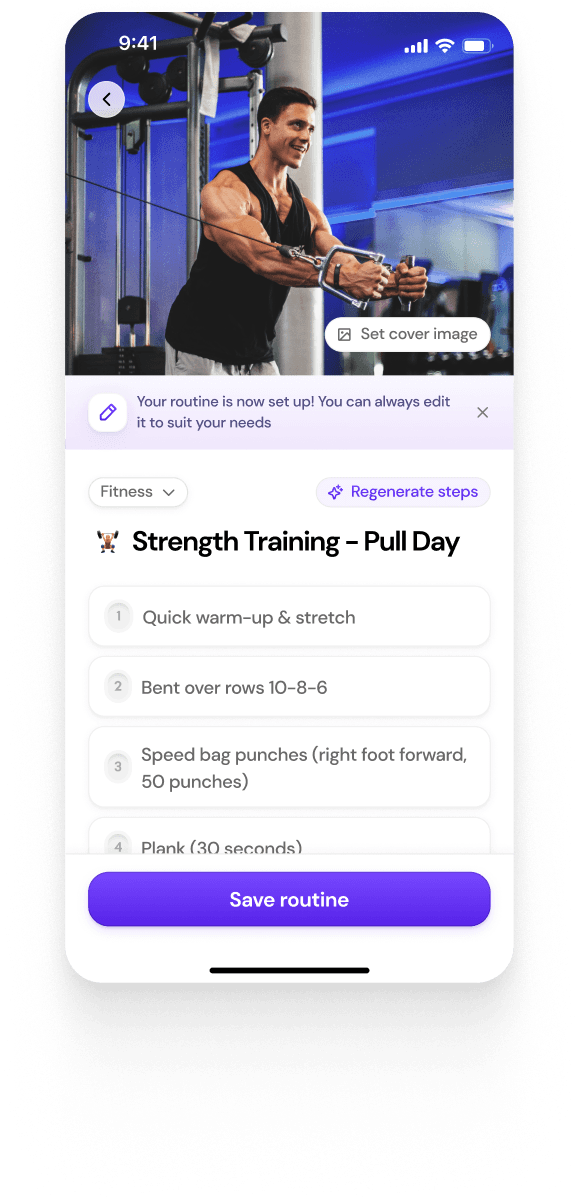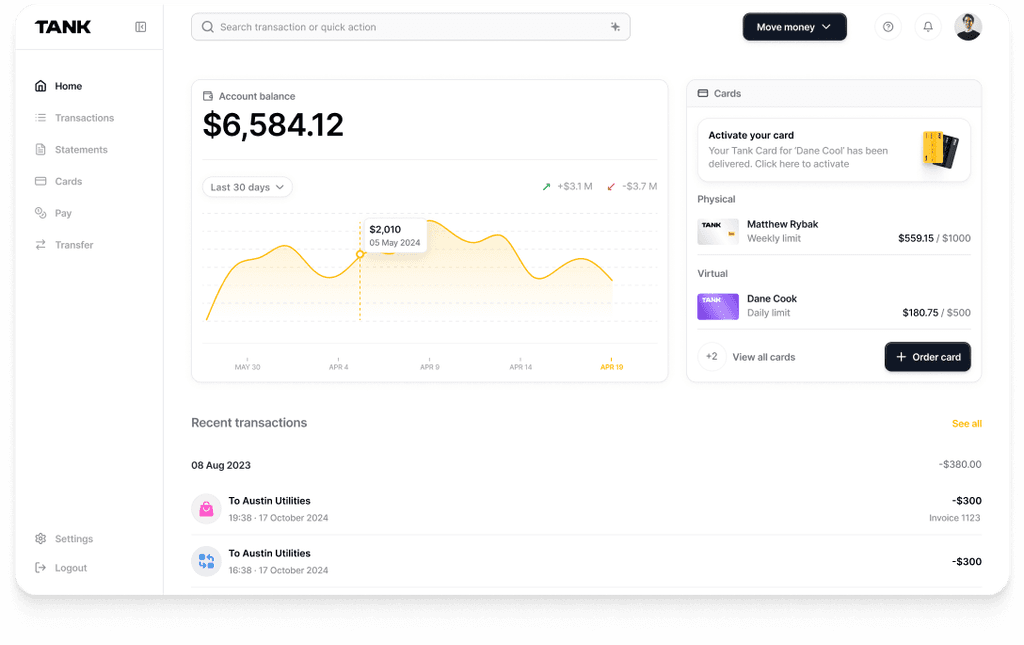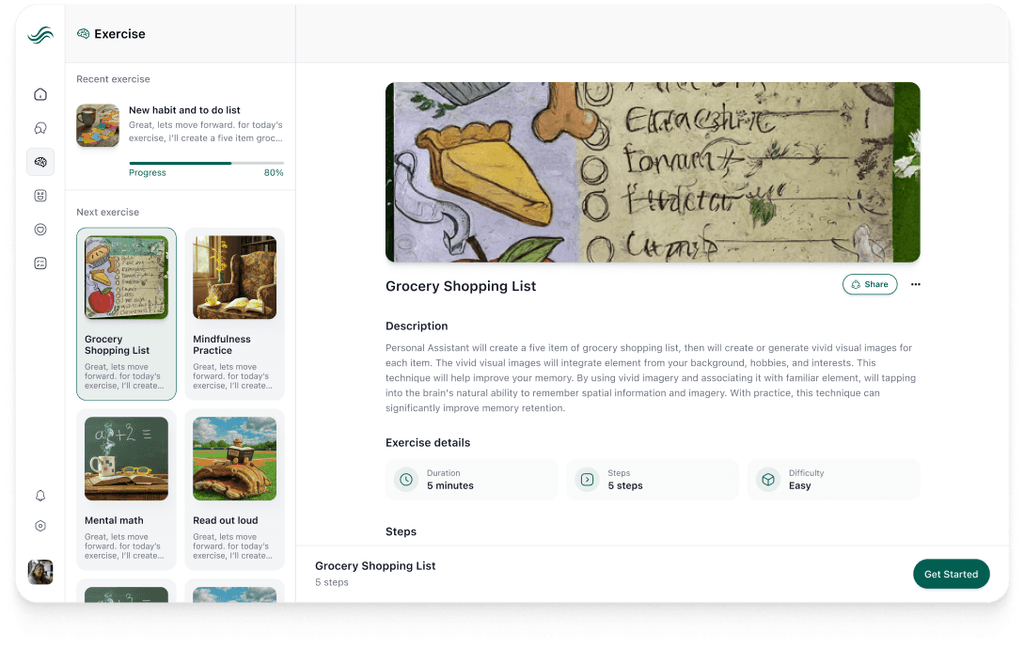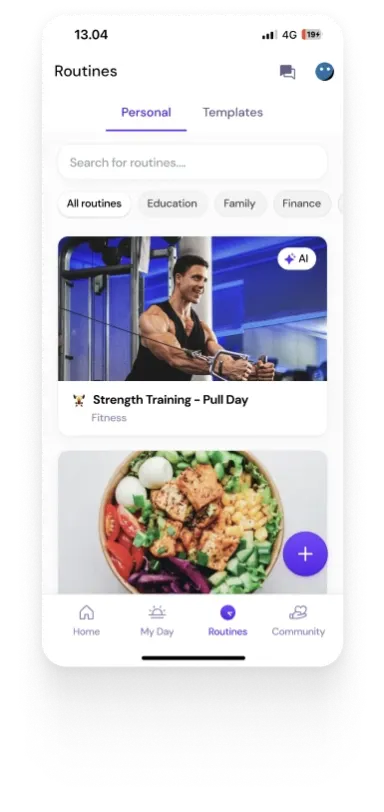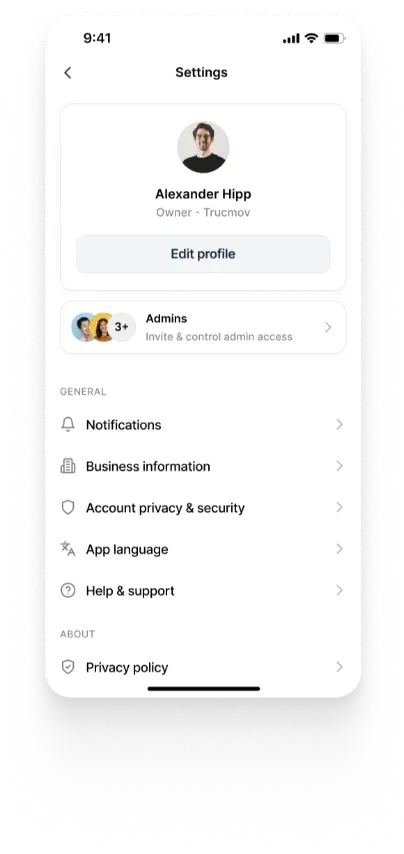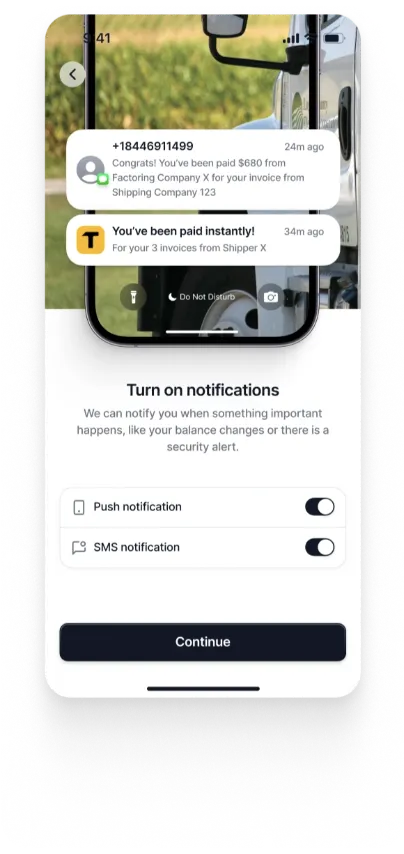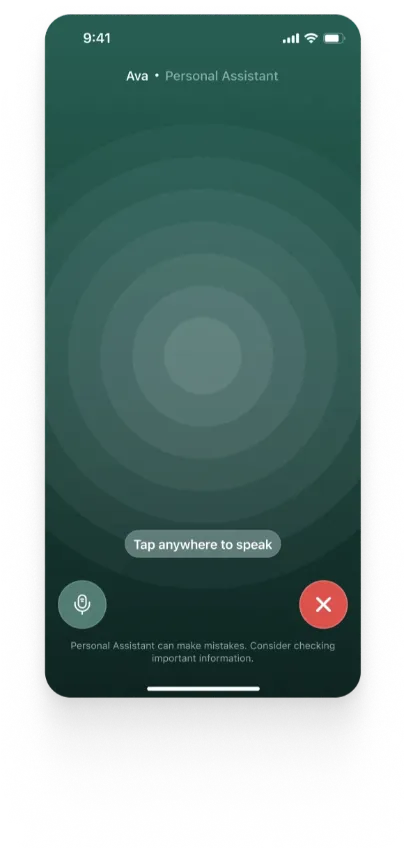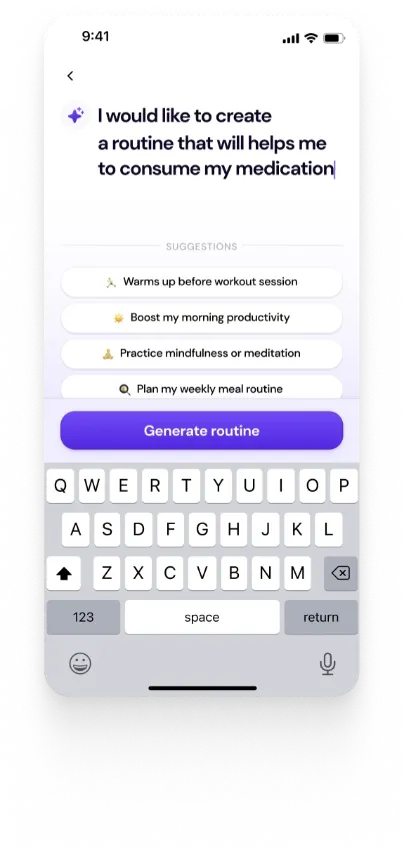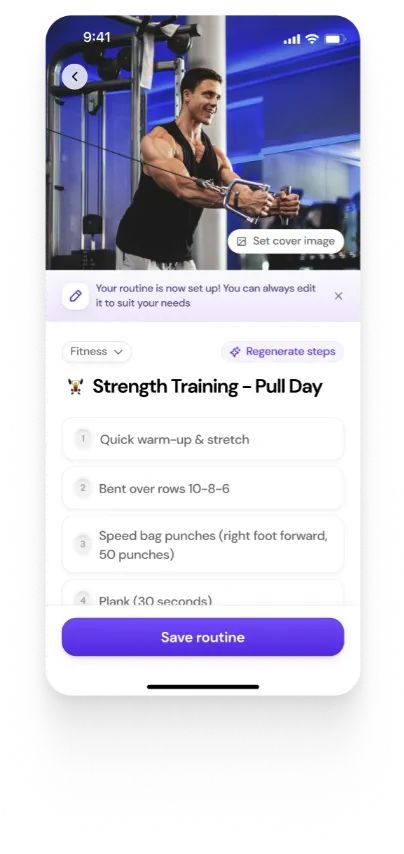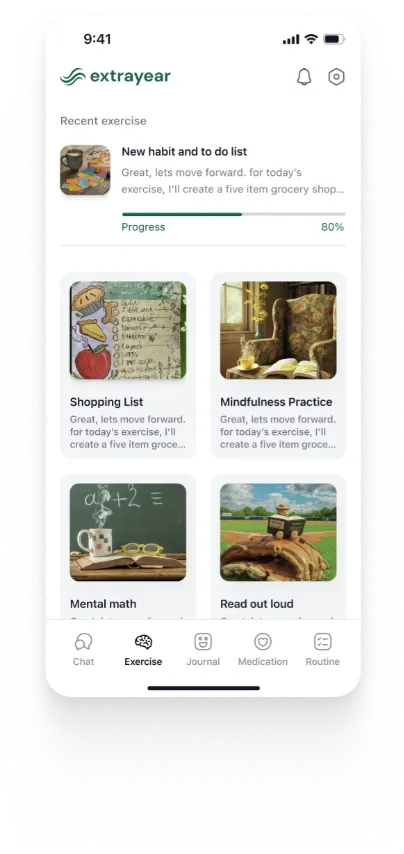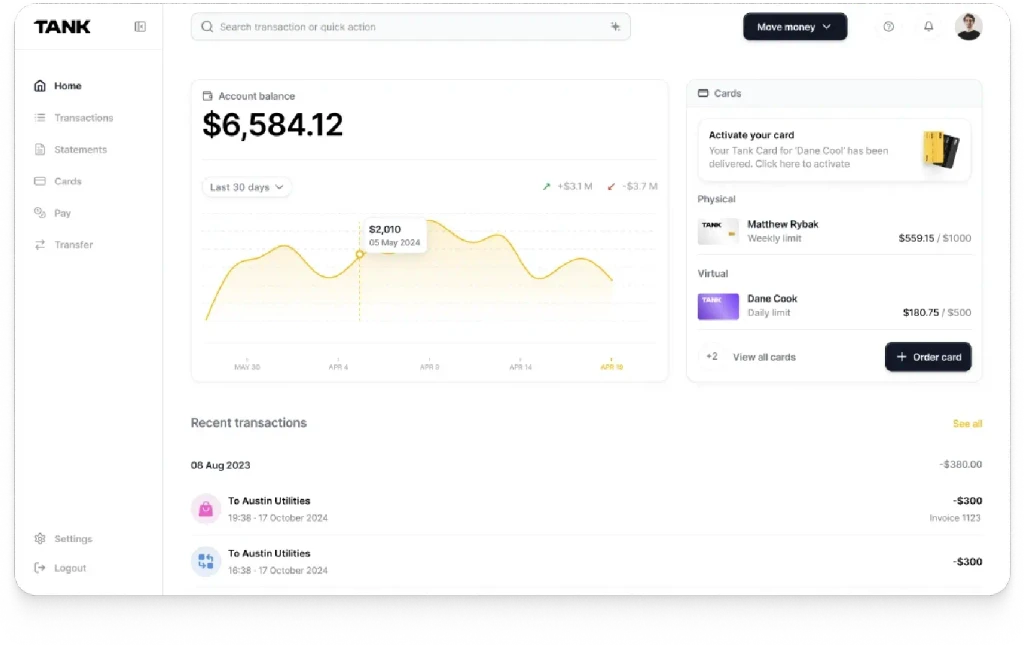Chat Agents vs. Ambient Agents: Two Paths to AI-Driven Assistance
Summary
Chat agents are reactive AI interfaces that respond to user prompts, while ambient agents proactively monitor and act on system events. The former excels at human interaction, and the latter automates backend processes. Their complementarity enables hybrid AI systems that blend natural dialogue with operational intelligence.
Key insights:
Different Activation Models: Chat agents are user-prompted; ambient agents are triggered by events.
Proactivity vs Reactivity: Ambient agents act autonomously, while chat agents only respond when engaged.
Context Retention: Ambient agents maintain persistent memory; chat agents reset context per session.
Infrastructure Demands: Ambient agents require complex, event-driven architecture with policy and execution layers.
Business Roles: Chat agents drive customer-facing tasks; ambient agents automate internal operations.
Complementary Design: Many systems combine both, with chat UIs interfacing ambient backends.
Introduction
Ambient agents and chat agents are two emerging paradigms in AI-driven assistance. Chat agents, also known as conversational agents or chatbots, are user-driven, reactive interfaces that wait for users to command them or ask questions while hidden behind text or voice user interfaces. On the other hand, ambient agents are AI systems that are always on and motivated by events. They keep an eye on data streams and automatically act when necessary. Instead of needing a prompt, ambient agents act within predetermined bounds and proactively "listen" to their surroundings (such as system logs, IoT sensors, or app events). While ambient agents adopt a push-based approach (the agent acts in response to system events), chat agents essentially follow a pull-based model (user asks, AI responds).
Chat Agents: Conversational AI
Chat agents (conversational agents) are AI systems designed to converse with users in natural language, via chat windows, messaging apps, or voice interfaces. A chat agent interprets a user's inquiry or input prompt and provides a pertinent response. This includes, for instance, web chat widgets, virtual assistants (such as Siri, Alexa, or Google Assistant), and chatbots for customer care. A conversational agent "can simulate a discussion … with a user in normal language" and is frequently employed for automated transactions, information retrieval, and customer service. To comprehend human intent and create responses, these agents use natural language processing (NLP) and large language models (LLMs). They operate according to a user-initiated loop, in which a query is posed, an agent responds, and the contact either terminates or resumes when prompted again.
Chat agents are very common in corporate contexts. Examples include marketing or sales bots that interact with website visitors, helpdesk assistants that route or resolve issues, and customer-support bots that respond to frequently asked questions around the clock. Chatbots can improve productivity and customer satisfaction by automating standard Q&A and conversation. Their scope is restricted to individual "sessions" or discussions, though; they usually do not keep an eye on external data streams and will idle until the user asks another question.
Ambient Agents: Always-On AI Assistants
By contrast, ambient agents run continuously in the background, monitoring various signals (logs, metrics, sensor data, workflow events, etc.) and acting autonomously when predefined triggers occur. They are integrated into a company's infrastructure and function similarly to "always-on copilots." For instance, during periods of high utilization, an IT ambient agent may monitor system records and proactively restart overburdened servers without human intervention. An ambient agent in finance could identify and flag anomalous spending trends.
These agents, in contrast to chatbots, take initiative and infer problems rather than waiting for an inquiry. In technical terms, ambient agents analyze incoming events against policies or trained models after subscribing to event streams (such as Kafka feeds, IoT sensor outputs, CI/CD hooks, or database updates). When an important event occurs, the agent chooses what to do, such as issuing an alert, contacting an API, or opening a ticket, based on its context (previous data and rules). Importantly, for safety, ambient agents frequently incorporate human-in-the-loop checkpoints (notifications, approval requests). To ensure that they only behave within authorized parameters, they are subject to regulations or ML policies.
Ambient agents therefore embody a push-based, context-rich model of AI: they maintain a memory of past events and system state, continuously integrating new data to update their context. They essentially apply the paradigm of the "smart assistant" to business procedures. For example, LangChain's ambient email assistant continuously searches a user's inbox, classifying messages and even automatically creating responses depending on preferences it has learnt. Agents that mimic remedies for recurring issues in SRE pipelines or cluster problematic test findings in QA procedures are further examples. Ambient agents are more proactive and multi-threaded than chatbots; one agent can handle dozens of concurrent events or activities. Their rise (the term was first used by LangChain in 2024) denotes a shift away from reactive or manual AI and toward systems that integrate intelligence into daily operations.
Key Differences
The table below summarizes the main distinctions between conversational (chat) agents and ambient agents:

To put it briefly, ambient agents are excellent at automating back-end processes, while chatbots are best at one-on-one conversations. An ambient agent may identify a problem and then open a chat "ticket" or notification for a person to evaluate, demonstrating how they work in tandem. However, their primary modes are different: ambient agents operate after reading from their surroundings, whereas chat agents wait for input.
Technical Architecture
Creating chat agents usually requires a conversational AI stack, which consists of a chat interface or bot framework and an NLP/LLM backend (such as GPT-4 or other models). These systems respond with text or voice outputs, manage dialogue state, and process user messages one at a time. They are very simple: if you can process a user's prompt and produce a response, you have a functional chatbot.
Ambient agents require a more complex event-driven infrastructure. Key components often include:
Event Ingestion: Continuous feeds of events or signals (e.g., Kafka topics, system logs, IoT sensor streams, HTTP/webhook events).
Context Builder: A service that aggregates relevant data (logs, metrics, past interactions) so the agent can maintain state and context over time.
Policy Engine: A rules or ML-based engine (e.g., OPA or custom logic) that defines what actions are allowed or when alerts should escalate. This constrains the agent’s autonomy for safety.
Execution Environment: A sandbox or runtime where the agent can execute tasks (scripts, API calls, remedial actions).
AI Reasoning (LLM/Models): Often an LLM or other models that plan steps: when an event arrives, the agent forms a prompt with context and receives an action plan or analysis from the model.
Orchestration Layer: Logic to translate the model’s plan into concrete actions (calls to APIs, infrastructure commands, etc.), or to route proposals for human approval.
Observability/Audit: Logging and monitoring of the agent’s actions and effects, so humans can audit decisions.
Human-in-the-Loop Interface: An “agent inbox” or notification system (e.g., Slack, email) where a human can review, approve, or override the agent’s proposed actions.
In summary, ambient agent architecture consists of a human review channel, event streams, policy checks, a sandbox, context memory, and model inference. The agent may operate in silence thanks to this pipeline, which collects information, uses an LLM to reason, and then either takes action or requests confirmation from a human. An ambient agent is essentially a miniature control system in which artificial intelligence (AI) supports or replaces several manual monitoring and decision-making processes that were previously performed by humans.
Business Applications
1. Chat agents (Conversational AI)
These are widely used for customer engagement and productivity. They use voice or chat to answer user questions (such as troubleshooting and FAQs) and tasks (such as booking and reminders). Businesses use chatbots for a variety of tasks, including sales, HR, and support. For example, many businesses that utilize conversational AI agents report increased efficiency in marketing and customer support. In reality, a chat assistant can provide rapid answers to frequently asked customer inquiries, walk customers through procedures, and even write code and content. Because human operators are constantly available to fix errors, they serve as a secure "front-line" for AI.
2. Ambient agents
These are targeted at operational automation and large-scale processes. Their ability to make systems more self-managing can revolutionize workflows in manufacturing, finance, and IT. For instance, during off-peak hours, a FinOps agent may automatically downscale idle cloud GPUs. Before people even wake up, a DevOps/SRE agent might replay recent system failures, identify the underlying reasons, and recommend solutions. LangChain's ambient agent handles email and productivity by organizing a user's inbox, setting priorities, and creating responses automatically.
Additional use cases include supply-chain monitors (which reorder products when thresholds are reached), code-review assistants (which automatically check pull requests for problems), and legal-compliance monitors (which scan contracts and highlight concerns).
Business-wise, this change allows teams to concentrate on strategy by automating repetitive tasks. Oracle, for instance, points out that by eliminating human tasks, AI agents, a broad category that includes ambient agents, can enhance procedures like financial forecasting, document analysis, and hiring.
Integration and Complementarity
Ambient and chat agents often complement each other. For example, a chatbot may be used as the ambient system's interface. An employee could ask the chatbot, "What's wrong with our server?" and the study of the ambient agent (from logs) is summed back under the hood. On the other hand, when an ambient agent notices a problem, it may initiate a support ticket or send a chat message to a team member. According to one article, "ambient agents are step two: AI that works with the system, for the humans, in the flow of processes, if the chatbot was step one." Although LLMs are at the heart of both paradigms, chatbots are designed for natural conversation and question-answering, whereas ambient agents are designed for action and planning across various data sources.
Considerations and Risks
1. Chat Agents
Chat agents face several limitations tied to the nature of conversational AI. Accuracy is a big worry because big language models can confidently generate inaccurate answers, which is a major problem in delicate fields like healthcare or finance. It is also difficult to maintain context throughout lengthy or intricate interactions unless memory systems are integrated. Because chat interfaces have the potential to unintentionally expose sensitive information, privacy and data governance add even more complexity. Furthermore, chat agents rely heavily on prompts; the quality of their output is determined by the wording of inputs or the design of prompts. Continuous, timely tuning, training, and cautious safeguards to guarantee dependability are frequently necessary for effective deployment. Last but not least, consumer trust is crucial - bad or automated responses can drive users away, necessitating careful design and ongoing iteration.
2. Ambient Agents
Ambient agents, on the other hand, introduce new concerns. They can introduce hidden complexity since they behave independently. Debugging may be challenging because of their somewhat opaque decision logic ("Why did the agent scale down the database?"). If an agent's model or rules are out of date, it may operate inappropriately because policies and data can drift out of alignment. Teams that rely too much on ambient agents run the danger of omitting important reviews. Security is also important since an agent could be tricked by harmful material, such as poisoned logs. Designers emphasize human oversight and auditability because of these factors. Ambient agents should include unambiguous fail-safes that need human consent for high-risk changes, stringent guardrails (rules), and full observability (recording every activity). According to one expert, they should be viewed as "smart co-pilots"—strong automation that nevertheless permits human intervention.
In reality, companies that use ambient agents have to spend money on infrastructure and surveillance. They require AIOps tools, knowledge graphs, or databases for context, and streaming data platforms (Kafka, cloud event buses). This can result in far more automation, but it is a bigger lift than just putting a chatbot in place. Businesses should consider whether jobs are better managed interactively vs those that require continuous monitoring. According to several observers, it will become commonplace to combine the two, for instance, by using chat interfaces to monitor ambient agent activity.
Conclusion
In 2025 and beyond, both chat and ambient agents will advance in parallel. As conversational AI advances (multimodal GPT-4o, improved memory), chatbots become more practical and organic. Ambient agents, meanwhile, represent a rapidly expanding field: Major labs and venture capital-backed businesses are developing frameworks (such as Microsoft's Copilot Studio, ZBrain, and LangGraph) to orchestrate event-driven agents at scale. Understanding the use case is crucial for business and product leaders. Ambient agents are the next great lever if you need to automate background processes and integrate AI deeply into your operations. Chat agents continue to be the preferred option if you must primarily serve or communicate with end users. A hybrid strategy will frequently be used, in which chat interfaces allow humans to interact with ambient agents or override them as necessary while ambient agents covertly do the hard lifting.
In conclusion, ambient agents are a step up from chatbots, advancing AI from solely user-driven conversations to ongoing, context-aware automation. Though they necessitate careful design and supervision, they promise increased efficiency and additional possibilities (such as 24/7 self-healing systems). Businesses can benefit from the best of both worlds when well-designed ambient and chat agents collaborate: intelligent, conversational user interfaces for people and intelligent, automated procedures for the computers that support them.
Authors
Bring intelligence to every layer
Walturn specializes in building proactive, event-driven AI systems and conversational interfaces using Flutter, AI, and system-level research.
References
AI, ZBrain. “Ambient Agents Explained: Applications, Architecture, and Building with ZBrain.” ZBrain, 19 June 2025, zbrain.ai/ambient-agents/.
Chase, Harrison. “Introducing Ambient Agents.” LangChain Blog, 14 Jan. 2025, blog.langchain.com/introducing-ambient-agents.
“Conversational Agent.” DeepAI, 17 May 2019, deepai.org/machine-learning-glossary-and-terms/conversational-agent.
Ghosh, Bijit. “Ambient Agents - Bijit Ghosh - Medium.” Medium, 9 May 2025, medium.com/@bijit211987/ambient-agents-e80d3c77518e.
Ricadela, Aaron. “23 Real-World AI Agent Use Cases.” Oracle.com, Oracle, 21 May 2025, www.oracle.com/artificial-intelligence/ai-agents/ai-agent-use-cases.













